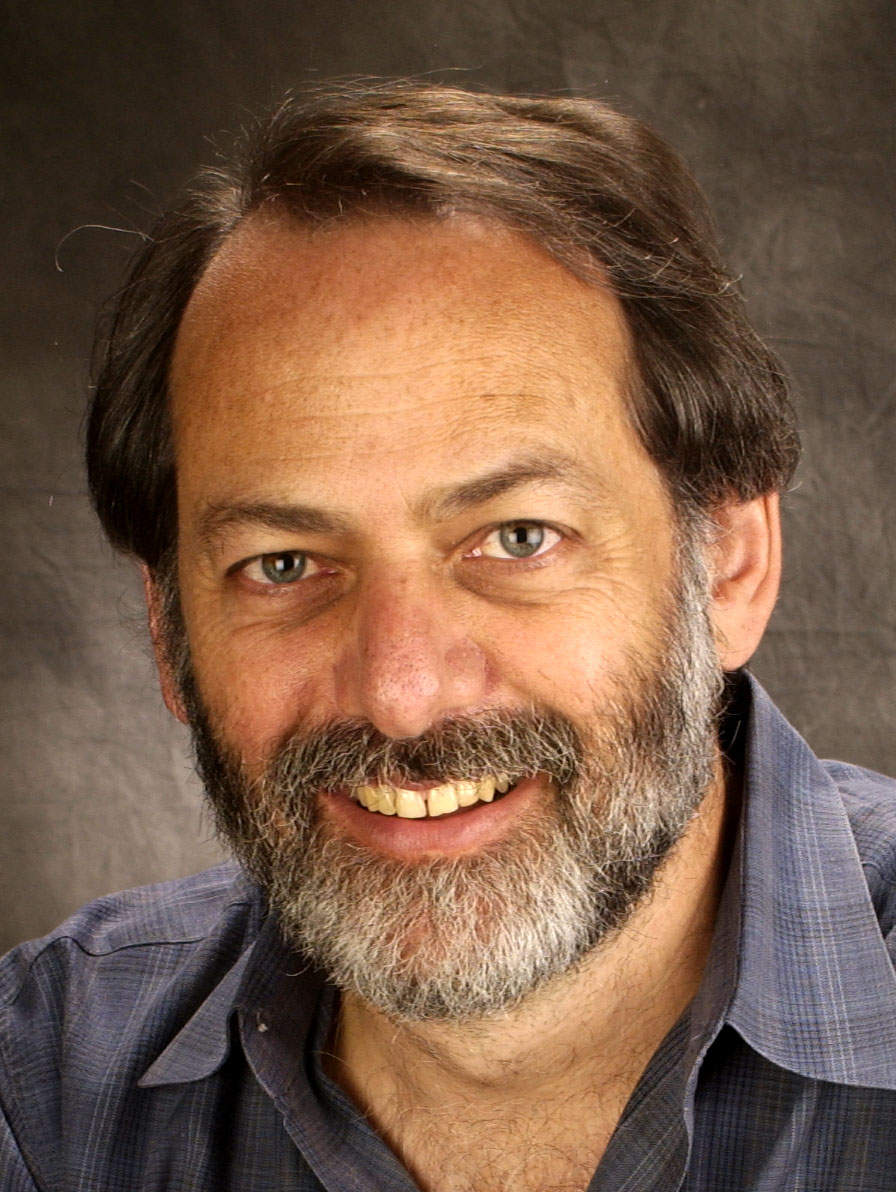A Next-Generation Consumer Photo Application
Challenges in Creating a Simple Yet Powerful User
Experience
 Michael
Slater, Adobe
Michael
Slater, Adobe
michaels![]() adobe.com
adobe.com
Seminar on People, Computers, and Design
Stanford University November 14, 2003
Making it easy for consumers to manage their digital photos is a surprisingly challenging problem. People need a way to easily collect and search thousands of photos, and to then share and print them how they want. As photo collections become larger and the things people want to do with their photos more diverse, the challenge becomes even greater. By providing a single integrated solution, the complexity of using multiple applications with the file system as their only common element can be eliminated.
In this talk, I'll describe the design ideas and tradeoffs that went into
Adobe's Photoshop Album 2.0
(www.adobe.com/photoshopalbum), the recently released successor to the first-generation
version of this photo manager.
I'll show how the design has evolved from a tablet appliance design at a startup,
through two generations of PC software, and some of the things we've learned
along the way. I'll explore the challenges of meeting the needs of diverse
classes of users, balancing simplicity and flexibility, and getting users
to adopt new paradigms.
Michael Slater is director of technology strategy for the Digital Imaging
and Video Business Unit at Adobe Systems, where he guides new technology evaluations
and seeks external technologies to enhance Adobe's future products. He was
previously chairman of Fotiva, Inc, a company he cofounded (originally called
PhotoTablet) to fulfill his vision for a new software approach that would
support the mass-market adoption of digital photography.
He is the author of the forthcoming book, The Photoshop Album Book: Enjoying
Digital Photography, to be published in December.
Before founding Fotiva, he was founder and President of MicroDesign Resources, where he created the Microprocessor Report newsletter and Microprocessor Forum and Embedded Processor Forum conferences. In addition to his role at MDR, Michael was a columnist and contributor for many computer industry publications. Before founding MDR, he was an independent engineering consultant and an R&D engineer at Hewlett Packard.
View this talk on line at CS547 on Stanford OnLine
Titles and abstracts for all years are available by year and by speaker.
For more information about HCI at Stanford see